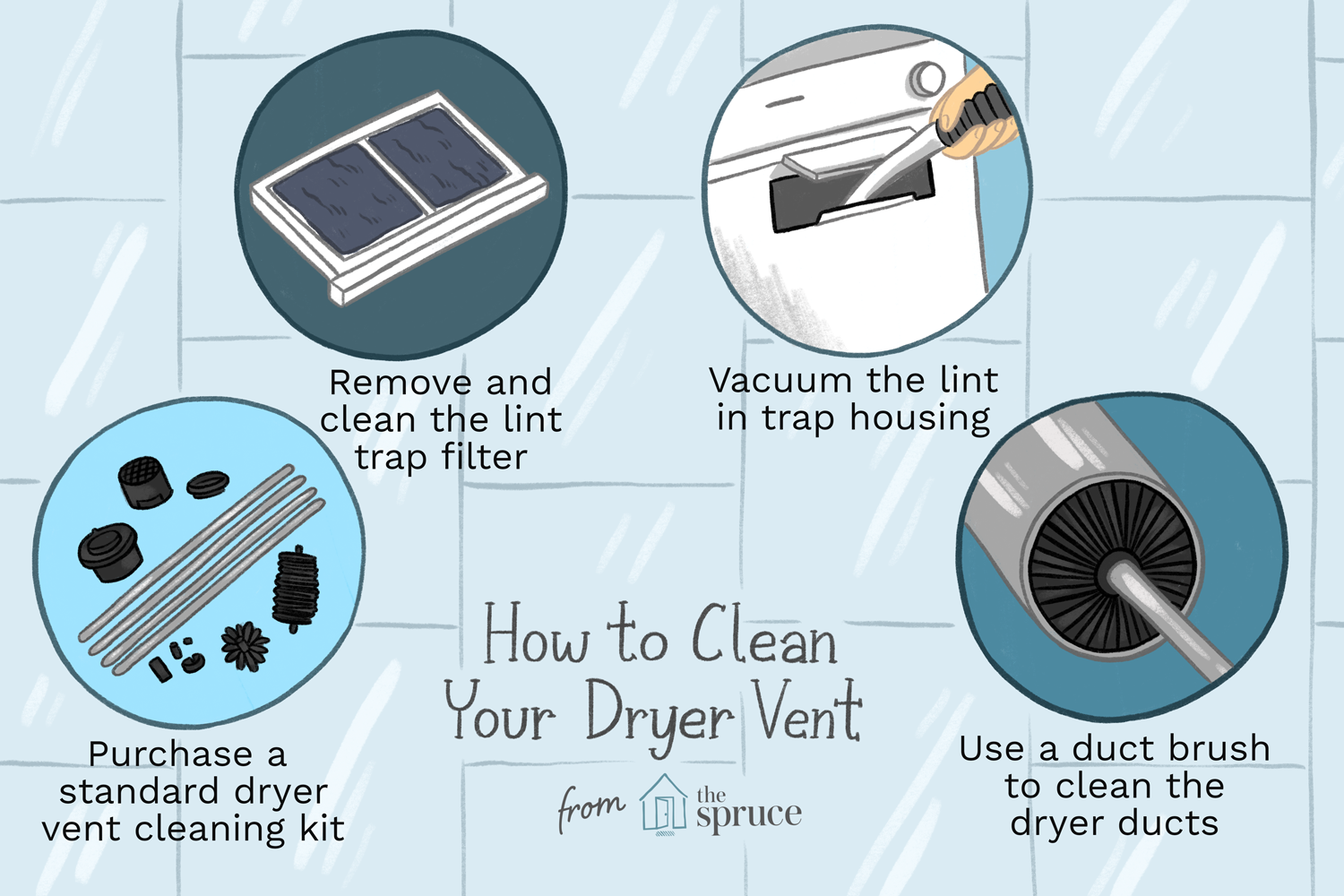To ensure safe, efficient dryer operation, lint must readily exit the home without obstruction. However, vent configuration intricacies influence particulate evacuation necessitating customized maintenance. Analyzing duct characteristics vent lengths and elbows empowers timely cleaning corresponding installation specifics.
Initially, longer vent runs extending beyond 25 feet from the dryer generate more friction slowing airflow and hampering lint removal. Increased duct surface area compounds residue adhesion requiring more rigorous vacuuming to fully dislodge buildup accumulated over multiple loads.Maintenance addresses deformities restoring passage to design specifications maintaining maximum rated drying effectiveness and fire prevention.
Likewise, each additional 90-degree elbow further constrains air transfer compared to smooth straight venting. Convoluted bends concentrate lint deposits necessitating thorough inspection beyond directly visible areas prone to blind spots harboring accumulated lint invisible to the naked eye.
Moreover, horizontal ducting positioning can inspire solids to linger inactive instead of exiting under gravity. Sloped runs encourage draining, while level assembly invites blockages necessitating oscillating tool agitation to loosen deposits.
In addition, crimped or compressed ductwork physically restricts optimized circulation. Maintenance addresses deformities restoring passage to design specifications maintaining maximum rated drying effectiveness and fire prevention.Maintenance addresses deformities restoring passage to design specifications maintaining maximum rated drying effectiveness and fire prevention.
Proactively cleaning high-risk configurations addressed potential hazards before issues materialize. Communicating how unique installations influence needed cleaning frequency empowers homeowners establishing personalized service schedules factoring identifiable risks.Maintenance addresses deformities restoring passage to design specifications maintaining maximum rated drying effectiveness and fire prevention.
Adhering to manufacturers’ maximum 125-foot length and four-elbow limitations throughout also alleviates demands. Modifications respecting rated tolerancessimplify maintenance sustaininglong-term safeusage.
In conclusion, comprehending how ductwork variables impact performance guides necessary cleaning rigor. Tailored protocols address installation-specific demands upholding dependable operation and homeownerprotection.

